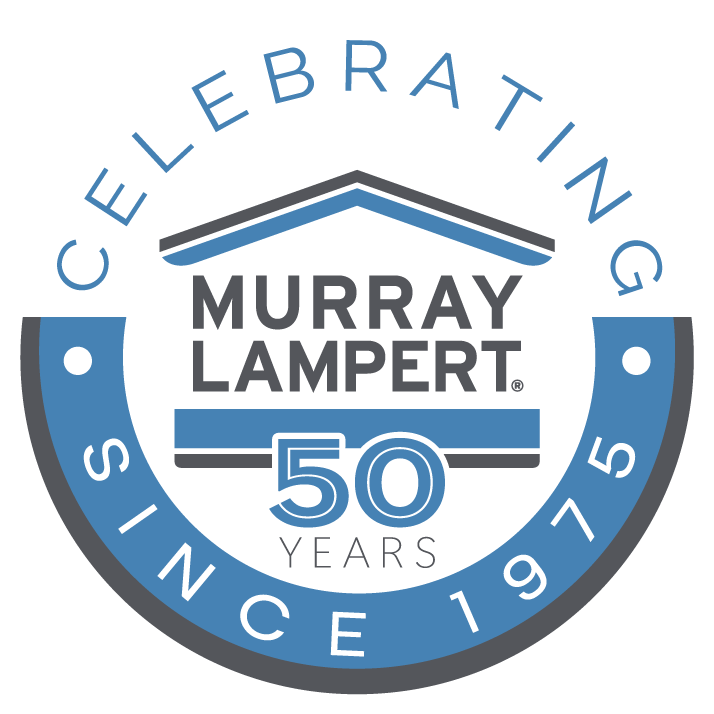5 Popular Sustainable Building Materials
From bamboo to paper, Murray Lampert Design, Build, Remodel covers 5 popular sustainable building materials for your next green construction project.
Asking a green home builder or designer what their favorite sustainable building material is will get you a bevy of different answers. However, there are a few old standby materials that have stood the test of time, along with some new kids on the block making a name for themselves. This list is a mix of both old and new. Let’s take a look at the top five most popular sustainable building materials.
1. Bamboo
Used in everything from flooring to furniture, Southeast Asia’s most common renewable plant has taken the green building world by storm. The fact that bamboo is so fast growing makes it a perennial favorite. The fact that it is so versatile makes it a designer’s dream material. Adding to its popularity is the fact that it’s been around for years, showing that it has the staying power that homeowners love.
2. Paper Insulation
Made from recycled papers and cardboard, this stuff literally turns trash into building treasure. It is made fire retardant and insect proof by the addition of three completely natural and perfectly harmless materials—borax, boric acid and calcium carbonate—giving it an added bonus over harmful foam insulations. Paper insulation is applied via blowing, ensuring that it fills every nook and cranny of your walls, creating a virtually draft-free barrier between you and outdoor elements. Paper insulation was first used over five years ago, and it’s a tried and true member of the green building family.
3. Cork
Cork went from bulletin boards and wine bottles to flooring and furniture. Cork’s ability to take stain means that you don’t have to get stuck with a monochromatic scheme. Cork is also renewable, so you don’t have to worry about harming the environment in your quest for fashionable décor, and cork’s relatively low cost compared to other sustainable materials gives your wallet a break. Cork’s durability means that your new flooring and furniture will last you a very long time.
4. Salvaged Materials
Salvaged materials vary based on your location, but salvaging materials from derelict buildings or overstock from other building projects has become a big thing in the green building industry. Imagine antique oak pocket doors from a once-stately Victorian now gone to seed or brand new windows from a homeowner forced into a different floor plan by finances or coding regulations. You can even create colorful walls made from recycled bottles pressed into the plaster or concrete. Whatever salvaged materials you decide on or find are sure to make a big impression on your guests.
5. Wool Bricks
Wool bricks made their entrance onto the green building scene recently. They are made from tightly compacted wool mixed with a seaweed component. They are 35% stronger than traditional clay bricks, and dry hard without requiring any firing. They are more resistant to cold, wet climates than their clay counterparts, too.
6. Engineered quartz countertops
The answer to many homeowners’ countertop prayers, engineered quartz is made from roughly 95% ground natural quartz and 5% polymer resin. The material is extremely durable, long-lasting, and even has antibacterial properties! Engineered quartz is perfect for any highly functional kitchen with a focus on naturally beautiful workspaces and sustainability. Brands to look out for include Silestone and Caesarstone.
7. Other composite materials
Composite materials are made from two or more other materials that, when joined together, have different chemical or physical properties. The best part of composite materials is that the end result is extremely durable and eco-friendly. A good example of a product made with composite materials is Andersen “100 Series” widows. Andersen’s Fibrex composite material is made of 40% reclaimed wood by weight, most of which is created during the manufacture of Andersen wood windows.
Going green doesn’t mean boring, expensive, or unfashionable. You can have a green home that’s friendly on the eyes, the wallet, and the world in which it lives.
